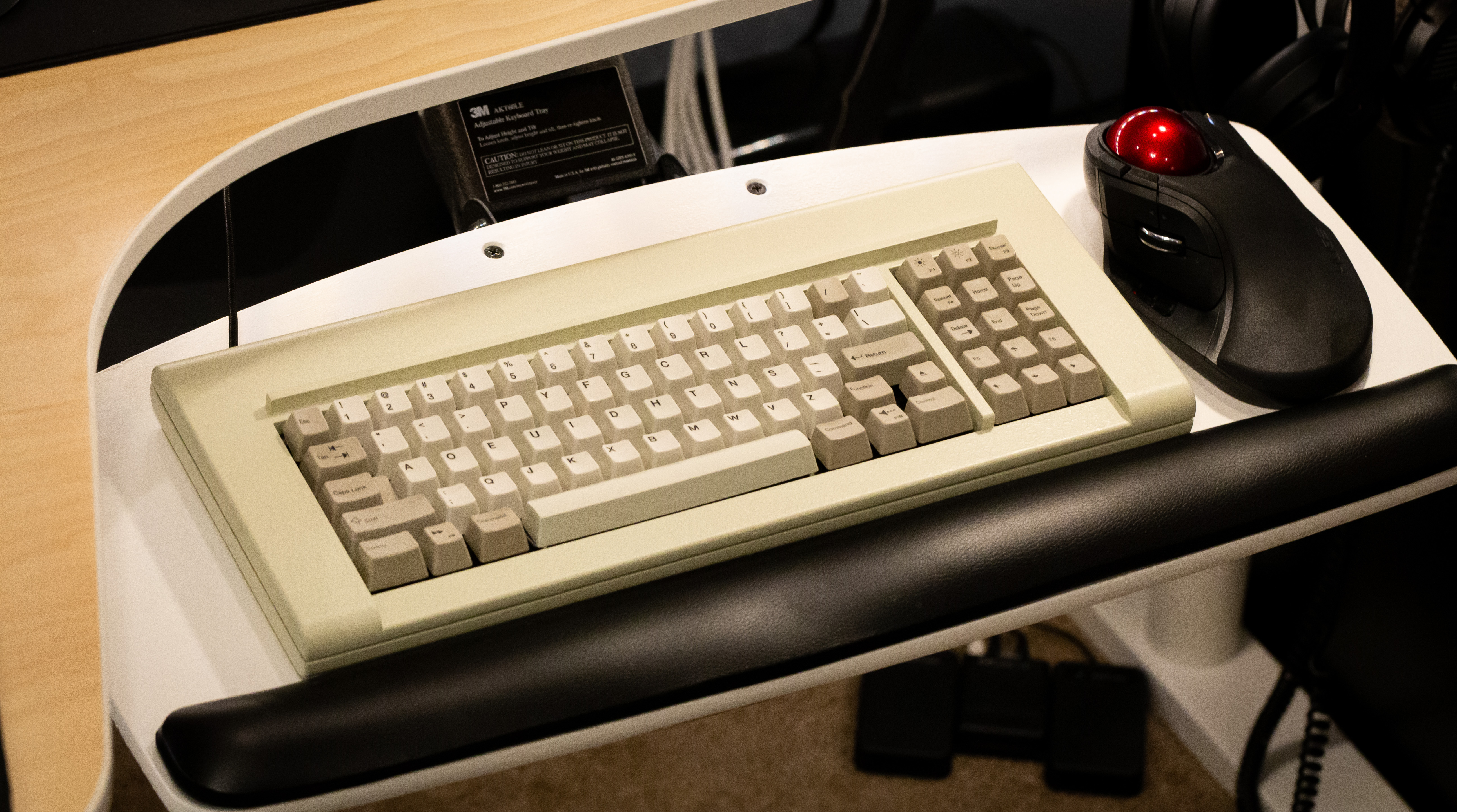Migrating a call-off process to Twilio Functions
Update:
Introduction
As I discussed in my article on my reporting automation workflow, I don't get a lot of IT resources to lean on, so I've relied a lot on local code execution to accomplish process automation.
My best (worst) example is the process for the associate call-off voicemail. We have a voicemail that associates are required to call when they miss, or will miss, any part of a scheduled shift. Call the number, leave a voicemail with your information: chat notifications go out and the voicemail gets logged. My automation flow for this depends on no fewer than four independent points of failure and brittle steps that need to be babysat.
This year I decided to re-implement the whole thing on a cloud communications platform to improve error handling, operate consistently with no or minimal manual intervention, and be easily handed off to another person or team. I ended up going with Twilio due to their in-platform serverless function support (Twilio Functions). This post covers my learning process in assembling the new flow and walks through the final result.
Note: This is firmly in the Learning In Public category, so don't depend on any of the following to represent correctness or best practices. Feedback welcome, though.
